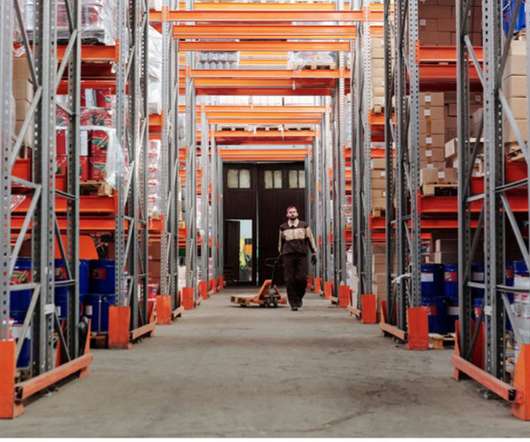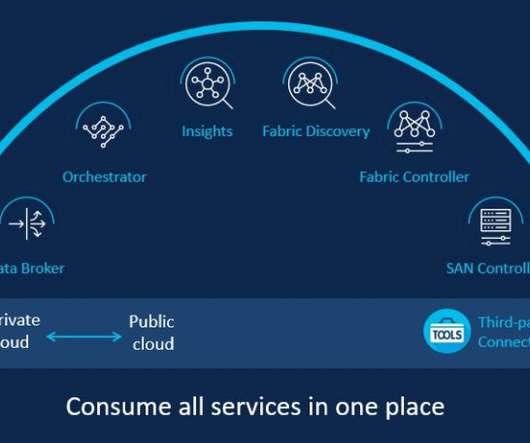Industrial Processes & Wireless Communications – Part II: Manufacturing Logistics
Cisco CSR
DECEMBER 15, 2022
This blog is the second in a series, bringing a lens on manufacturing logistics, dissecting the application flow and a little detail on why the serving wireless medium must behave in a particular way to support it. I have not written these blogs to give you definitive answers on which technology is right for your use-case and how to proceed.












Let's personalize your content